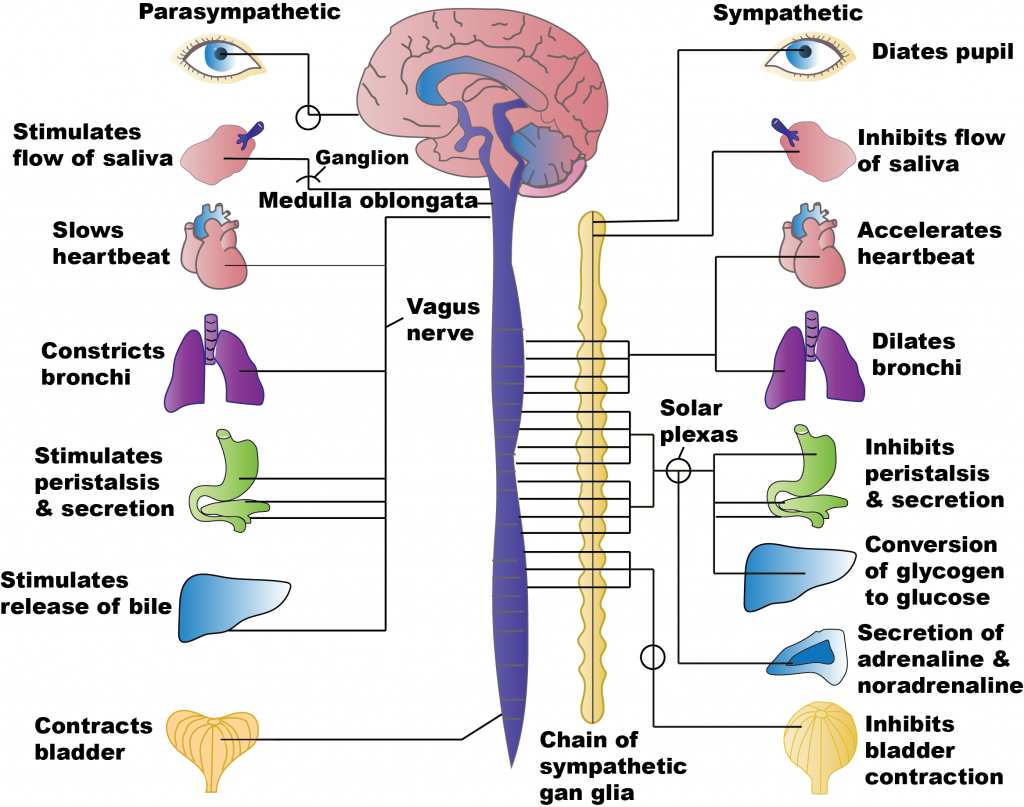A patient receives a drug that has a narrow therapeutic range. The nurse administering this medication will expect to do what?
Administer the drug at intervals longer than the drug half-life.
Teach the patient that maximum drug effects will occur within a short period.
Administer this medication intravenously.
Order lab to check blood drug level.
The Correct Answer is D
Choice A Reason:
Administering the drug at intervals longer than the drug half-life is not typically recommended for medications with a narrow therapeutic range. These drugs require precise dosing to maintain therapeutic levels without reaching toxic levels. Extending the dosing interval could lead to subtherapeutic levels, reducing the drug’s effectiveness.
Choice B Reason:
Teaching the patient that maximum drug effects will occur within a short period is not specific to drugs with a narrow therapeutic range. While some medications may have rapid onset of action, the critical aspect of narrow therapeutic range drugs is maintaining consistent blood levels to avoid toxicity or subtherapeutic effects.
Choice C Reason:
Administering the medication intravenously is not a requirement for all drugs with a narrow therapeutic range. While IV administration can provide precise control over drug levels, many narrow therapeutic range drugs can be administered orally or through other routes. The key is monitoring and adjusting the dose based on blood levels.
Choice D Reason:
Ordering lab tests to check blood drug levels is essential for managing medications with a narrow therapeutic range. These drugs have a small margin between therapeutic and toxic doses, so regular monitoring of blood levels helps ensure the drug remains within the safe and effective range. This practice is known as therapeutic drug monitoring (TDM) and is crucial for drugs like warfarin, phenytoin, and digoxin.
Nursing Test Bank
Naxlex Comprehensive Predictor Exams
Related Questions
Correct Answer is C
Explanation
Choice A Reason:
The sympathetic nervous system (SNS) is responsible for the “fight or flight” response, which prepares the body to respond to perceived threats. One of the primary effects of SNS activation is an increase in heart rate. This is achieved through the release of catecholamines like adrenaline, which stimulate the heart to pump more blood to vital organs and muscles.
Choice B Reason:
Another effect of SNS activation is an increase in blood glucose levels. This occurs because the body needs more energy to respond to stress. The SNS stimulates the liver to release glucose into the bloodstream, ensuring that muscles and other tissues have enough energy to function effectively during a stressful situation.
Choice C Reason:
The correct answer is that SNS activation does not increase GI motility and movement. In fact, it has the opposite effect. During a “fight or flight” response, the body prioritizes functions that are critical for immediate survival, such as increased heart rate and blood flow to muscles. As a result, non-essential functions like digestion are slowed down. The SNS decreases GI motility and movement to divert energy and blood flow to more critical areas.
Choice D Reason:
SNS activation also leads to an increase in blood pressure. This is achieved by constricting blood vessels and increasing the force of heart contractions. The purpose of this response is to ensure that enough blood and oxygen are delivered to essential organs and muscles during a stressful situation.

Correct Answer is C
Explanation
Choice A Reason:
The sympathetic nervous system (SNS) plays a role in regulating body temperature. It does this by controlling the dilation and constriction of blood vessels in the skin, which helps to dissipate or conserve heat as needed. Therefore, the statement that the SNS regulates body temperature is correct.
Choice B Reason:
The SNS is crucial in regulating the cardiovascular system. It increases heart rate and the force of heart contractions, and it also causes vasoconstriction, which raises blood pressure. This statement is accurate and does not indicate a need for further teaching.
Choice C Reason:
This is the correct answer. The SNS generally inhibits digestive functions during the “fight-or-flight” response. It reduces blood flow to the digestive organs, decreases peristalsis, and inhibits digestive secretions. Therefore, the statement that the SNS regulates digestive functions is incorrect and indicates a need for further teaching.
Choice D Reason:
The SNS is responsible for the “fight-or-flight” response, which prepares the body to respond to perceived threats. This includes increasing heart rate, dilating airways, and mobilizing energy stores. This statement is correct and does not indicate a need for further teaching.
Whether you are a student looking to ace your exams or a practicing nurse seeking to enhance your expertise , our nursing education contents will empower you with the confidence and competence to make a difference in the lives of patients and become a respected leader in the healthcare field.
Visit Naxlex, invest in your future and unlock endless possibilities with our unparalleled nursing education contents today
Report Wrong Answer on the Current Question
Do you disagree with the answer? If yes, what is your expected answer? Explain.
Kindly be descriptive with the issue you are facing.
